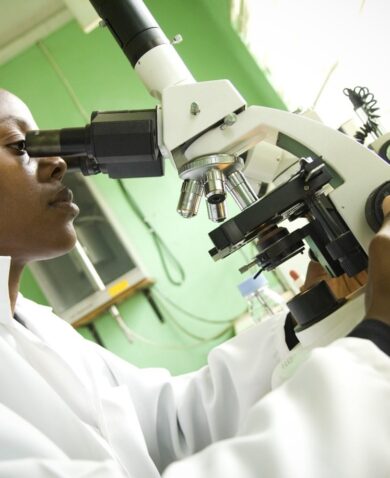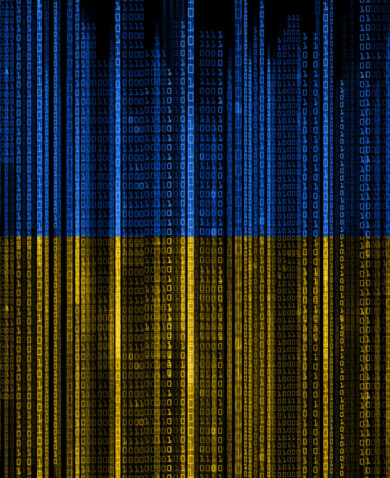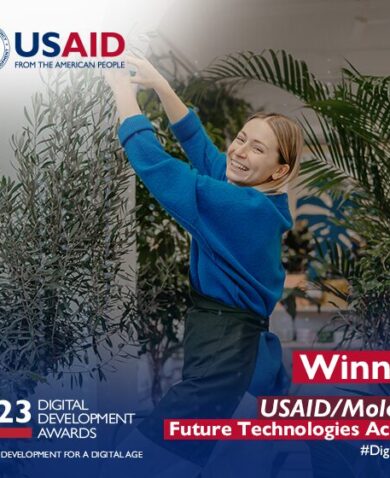
Know Your SDGS: Can We Really End Poverty in All Its Forms Everywhere?
August 14, 2015 | 3 Minute ReadSuccess at eradicating extreme poverty would help achieve other development goals around health, education, and food security.
The very first proposed goal of the new Sustainable Development Goals (SDGs) is simply this: “End poverty in all its forms everywhere.”
This is an incredibly bold statement. A commitment to END POVERTY. In ALL ITS FORMS. EVERYWHERE. I usually avoid writing in all caps, but in this case, I feel the need to emphasize just how significant a commitment we are making to ourselves and to our world. Bold letters don’t even do it justice. I have worked every day for the past 15 years to end poverty; it’s more than my career, it’s my passion. But I never imagined us accomplishing this during my lifetime.
It’s a daunting task, to be sure. However, it’s also the first time that citizens and governments from around the world have come together and made this joint commitment. According to the United Nations Development Programme (UNDP), 7.3 million people ranked their priorities for the future via the MY World survey; there were national consultations in almost 100 countries and 11 global consultations via the World We Want website; and over 1 million qualitative contributions were aggregated by the project’s People’s Voices Data Mining Tool. The amount of consultation, the number of voices that have been heard, the vast global commitment… is simply amazing. And inspiring. And gives me hope. To quote Tony Pipa, the U.S. Special Coordinator for the Post-2015 Development Agenda, “We have – actually, we are – giving birth to something momentous, a global commitment to a different kind of future – one without extreme poverty, one where we live together sustainably, and in peace.”
But can we really end poverty in all its forms everywhere in the next 15 years? Many people are asking this question. Why set such an ambitious target if we all think that we might not be able to achieve it?
I think the answer lies in the fact that no matter how difficult it may be, we absolutely need to do this, and we need to do it now. To get it done, we need a worldwide commitment and the SDGs are just that. Goal 1’s Target 1.1 gives us a good place to start: Eradicate extreme poverty (people living on less than $1.25 a day). Even this is daunting, but imagine the impact if we succeed. Imagine how much easier it would be to achieve Goal 2 targets, such as ending hunger and ensuring access by all people to safe, nutritious and sufficient food all year round. Or how much more likely we would be to be reach the targets in Goal 3, ensuring healthy lives for all, if no one lived in extreme poverty. How many more children could get an education, if they didn’t have to work to feed themselves? Hitting Goal 4 targets—hitting so many of these global targets—depend in part, on reducing poverty. Actually eradicating poverty will build a foundation upon which so many other vital development outcomes can be built. The reverse is true, too, of course. People must be healthy in order to work productively, and children must have access to nutritious food (either purchased or grown) in order to effectively study and learn. So while it easy to analyze Goal 1 in isolation, we really need to see it as just one of many interconnected goals which must all be pursued concurrently.
I hope the next 15 years brings a greater focus on comprehensive development approaches which recognize the synergies between objectives like economic growth and improved governance, income generation and health outcomes, and combating climate change and ending poverty. I hope we can better utilize the ever growing amounts of data we have to inform development choices and interventions. I hope we can more effectively engage with the private sector, national governments, and philanthropic organizations to coordinate our efforts to achieve exponentially greater outcomes everywhere. And above all, I hope we can maintain the extraordinary amount of enthusiasm and global commitment to eradicating poverty that has been generated in the lead up to the ratification of the SDGs.
We will need it these next 15 years. The time is right, the team is in place, we’re all on the same page. Let’s put our heads together and let’s do it. Because, to quote another Washington gentleman, YES WE CAN.
Curious about the SDGs and post-2015 development agenda? Watch this space. “Know Your SDGs” is a recurring weekly blog series digging into the goals in the lead-up to the United Nations General Assembly and post-2015 development summit this September. Missed a post? Check out previous entries on food security, education, and economic growth.


















